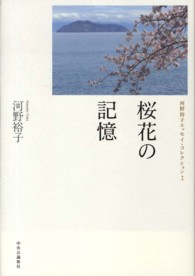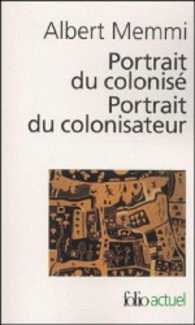Full Description
Sexual harassment between doctors is a common problem hiding in plain sight. Studies around the world consistently find that prevalence is well above zero. Harassment is more common when the survivor is still in training, and it is more likely to be experienced by doctors living with multiple marginalisations. This book combines expert analysis and commentary from various interdisciplinary perspectives. It privileges the voices of survivors, whose experience helps to inform our understanding of a complex problem. With contributors in locations ranging from Austria to Zambia, the book spans multiple languages, sociocultural contexts, and academic disciplines and offers unique globally contextualised perspectives. It gives readers a holistic understanding of sexual harms between doctors and demonstrates how silence prevents effective evidence-based management of sexual harassment. This volume helps to break the silence and offers potential solutions in discrete cultural contexts. This title is also available as Open Access on Cambridge Core.
Contents
Introduction Louise Stone and Elizabeth Waldron; Part I. Context: 1. Introduction: context Louise Stone; 2. How to be a woman doctor: gender, performance and sexual risk Christine Phillips; 3. The role of men Rachel Roberts and Sanjiv Ahluwalia; 4. The history of workplace sexual harms Elizabeth Waldron and Louise Stone; 5. Medical workplaces Christine Phillips; 6. Medical training Louise Stone, Paul McGurgan, Rose Petrohilos, Simon Fleming, Rebecca Fisher and Tim Senior; 7. The impact of sexual harassment on survivors, colleagues and patients Michael Botha and Marie Bismark; 8. Health promotion strategies to reduce sexual harassment Rosalind H. Searle, Erica Bowen and Louise Stone; Part II. Learning from Interdisciplinary Perspectives: 9. Introduction Louise Stone; 10. Organisational behaviour Rosalind H. Searle; 11. Legal perspectives Ian Freckelton; 12. Human rights Adrienne Ringin; 13. Medical Regulation Alison Reid; 14. Medical education Louise Stone, Paul McGurgan, Rose Petrohilos, Rebecca Fisher, Simon Fleming, I. Nyoman Sutarsa, Fiona Moir and Tim Senior; 15. Therapy Leslie Flynn; 16. Integrating interdisciplinary lenses Rachel Roberts and Sanjiv Ahluwalia; Part III. Learning from International Perspectives: 17. Introduction Louise Stone; 18. Australia Louise Stone, Elizabeth Waldron and Yoo Young (Dominique) Lee; 19. Austria Heidi Siller, Lisa Kelm and Margarethe Hochleitner; 20. International medical graduates Valerie Chua and Josephine Canceri; 21. Germany Pia Djermester and Sabine Oertelt-Prigione; 22. Iran Parisa Pakdel; 23. Japan Kaori Kono, Kotoko Mizuno, Yasuhisa Nakano and Takashi Watari; 24. Malaysia Sajaratulnisah Binti Othma, Betty Yeoh Siew Peng and Christine Shamala Selvaraj; 25. Mexico Diana Guízar-Sánchez, Ricardo Martínez-Tapia, Raúl Sampieri-Cabrera and Elba Campos-Lira; 26. Nigeria Dabota Yvonne Buowari; 27. Pakistan Hina Jawaid, Tehzeeb Zulfiqar and Humaira Khattak; 28. United Kingdom Clarissa Fabre; 29. United States of America Melissa Blaker, Christine Heisler, Pringl Miller, Michael S Sinha, Elizabeth Stephens, Sarah Temkin and Kate Walsh; 30. Zambia Jane Kabwe, Maria Akani, Sharon Kapambwe, Chali Mbewe Hambayi, Grace Mwila and Mwansa Ketty Lubeya; Part IV. Looking to the Future: 31. Introduction Louise Stone; 32. Cultural change from above and within: accountability in leadership Deborah Cole and Elizabeth Teisberg; 33. Advocacy from the ground up Louise Stone, Dabota Yvonne Buowari, Betty Yeoh Siew Peng, Simon Fleming and Esperanza Martinez; 34. Looking to the future: the view from learners and teachers throughout medical training May Erlinger, Becky Cox, Chelcie Jewitt, Louise Stone and Fiona Moir; 35. Recovery: rehabilitating the sense of self Jo Stubley, Victoria Lister and Louise Stone; 36. Conclusion Louise Stone and Rosalind H. Searle.








